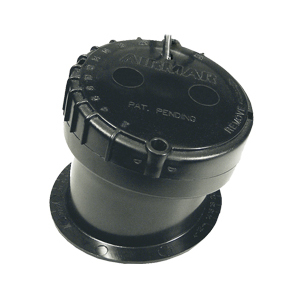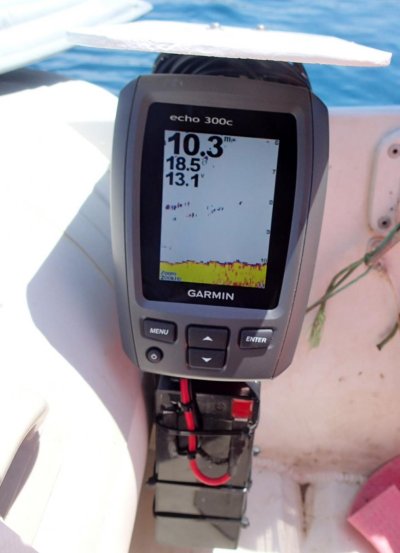Tony B
Guru
- Joined
- Jul 18, 2011
- Messages
- 1,251
- Location
- Cruising/Live-Aboard USA
- Vessel Name
- Serenity
- Vessel Make
- Mainship 36 Dual Cabin -1986
I need a new depth finder/fish finder.
I really want the dual imaging because I am more concerned about the bottom detail than the fish.
Right now, I am trying to decide between the Garmin Echo 301Dv and the Humminbird 561 DI. They both fit the bill as far as features and price.
I sure the Garmin with color would be much easier to see in all conditions than the Black/greyscale Humminbird would be.
Anyone here familiar with either of these units?
Thanks in Advance
Tony B
I really want the dual imaging because I am more concerned about the bottom detail than the fish.
Right now, I am trying to decide between the Garmin Echo 301Dv and the Humminbird 561 DI. They both fit the bill as far as features and price.
I sure the Garmin with color would be much easier to see in all conditions than the Black/greyscale Humminbird would be.
Anyone here familiar with either of these units?
Thanks in Advance
Tony B


